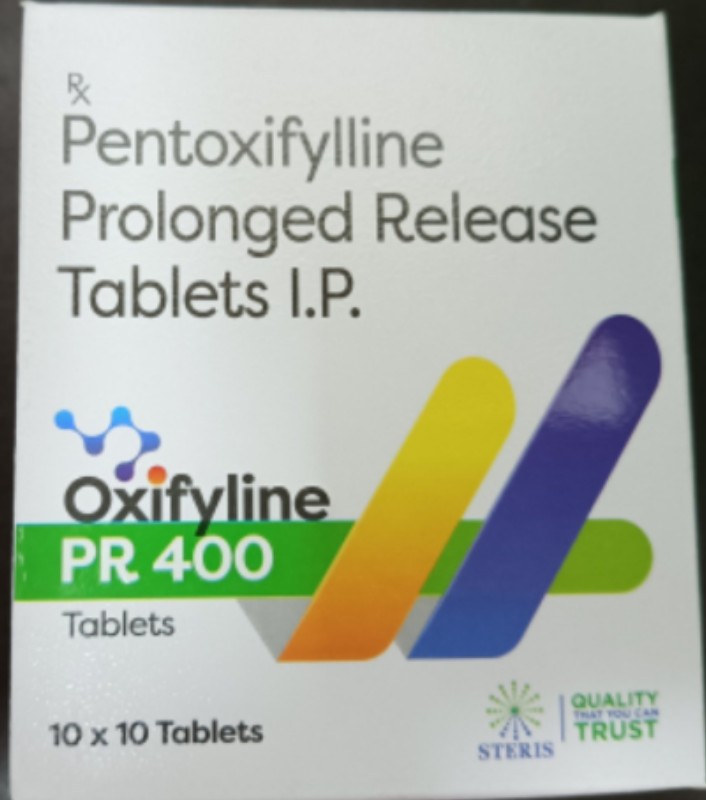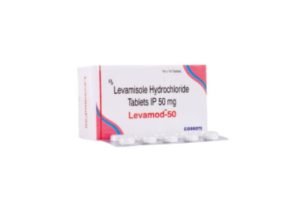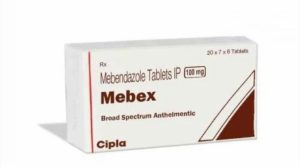
•PENTOXIFYLLINE: A homologue of theophylline andphosphodiesterase inhibitor; it has been shown to increase blood flow in ischaemic areas by reducing whole blood viscosity and improving flexibility of RBCs. The rheological (dealing with the property of flow) action, rather than vasodilatation is held responsible for improving passage of blood through microcir- culation. Thus, there are no chances of ‘steal phenomenon’. Oral doses do not affect heart rate, peripheral resistance and BP.
Table of Contents
How to use Pentoxifylline medicine
Pentoxifylline is a medication used to improve blood flow and reduce symptoms related to poor circulation. Here are five common uses of Pentoxifylline:
- Intermittent Claudication: Pentoxifylline is often prescribed to relieve pain caused by poor circulation in the legs (peripheral arterial disease).
- Vascular Disorders: It helps in conditions like cerebrovascular insufficiency, where blood flow to the brain is reduced.
- Diabetic Neuropathy: Pentoxifylline can be used to improve blood circulation in diabetic patients, reducing nerve pain and discomfort.
- Chronic Venous Insufficiency: It helps manage symptoms like leg swelling and ulcers due to poor venous blood flow.
- Raynaud’s Phenomenon: Pentoxifylline is sometimes used to treat this condition, where blood flow to the extremities (fingers and toes) is restricted.
The drug works by decreasing blood viscosity, improving red blood cell flexibility, and enhancing overall blood flow.
Indications: Cerebrovascular insufficiency. Peripheralocclusive arterial disease & circulatory disorders of arterio sclerotic, diabetic, inflammatory or functional origin. Trophic disorders. Lower leg ulcers & gangrene. Circulatory disordersin the eye.
How much dosa should I take
Dosage: 400 mg, 2-3 times daily. Inj. 15 ml by slowi.v. infusion in 250-300 ml normal saline over 3 hrs. Repeat 2-3 times daily.
What Are Contraindications
Retinal haemorrhage
Acute MI
Severe Haemorrhage
Hypersensitivity.
What Are Special Precautions
Renal dysfunction. Severe coronary artery disease. Hypotension. To minimise side effects it should be taken after meals.
Paediatrics: Not recommended.
Pregnancy: Contraindicated.
Lactation: Contraindicated.
Elderly: Use with caution.
What are the side effects
Nausea
vomiting
dyspepsia
bloating
flushing
vertigo
Drug Interaction
Potentiate antihypertensives
Here are 10 famous brands of Pentoxifylline along with their approximate prices in India:
- Trental 400 mg – ₹140 for 10 tablets
- Pentowin 400 mg – ₹100 for 10 tablets
- Pentocid 400 mg – ₹90 for 10 tablets
- Pentossan 400 mg – ₹85 for 10 tablets
- Pentoact 400 mg – ₹95 for 10 tablets
- Flexital 400 mg – ₹120 for 10 tablets
- Pentoflox 400 mg – ₹110 for 10 tablets
- Pentobid 400 mg – ₹100 for 10 tablets
- Pentozed 400 mg – ₹125 for 10 tablets
- Xantinol 400 mg – ₹130 for 10 tablets
Prices may vary slightly depending on location and pharmacy.
Pentoxifylline is a methylxanthine derivative that works by improving blood flow, particularly in peripheral vascular conditions. Its mechanism of action involves the following:
- Rheological properties: Pentoxifylline enhances the deformability of red blood cells, reducing their rigidity, which helps them pass through narrowed or partially blocked vessels more easily.
- Vasodilation: It inhibits phosphodiesterase, leading to an increase in cyclic AMP (cAMP) levels. This causes vasodilation and improves blood flow, particularly in small vessels.
- Anti-inflammatory effects: Pentoxifylline reduces inflammation by decreasing the production of inflammatory cytokines like TNF-alpha and other pro-inflammatory mediators.
- Platelet aggregation inhibition: By increasing cAMP, it also inhibits platelet aggregation, preventing clot formation in vessels.
These combined effects help reduce symptoms in conditions like intermittent claudication (pain caused by poor circulation) and other microcirculatory disorders.








